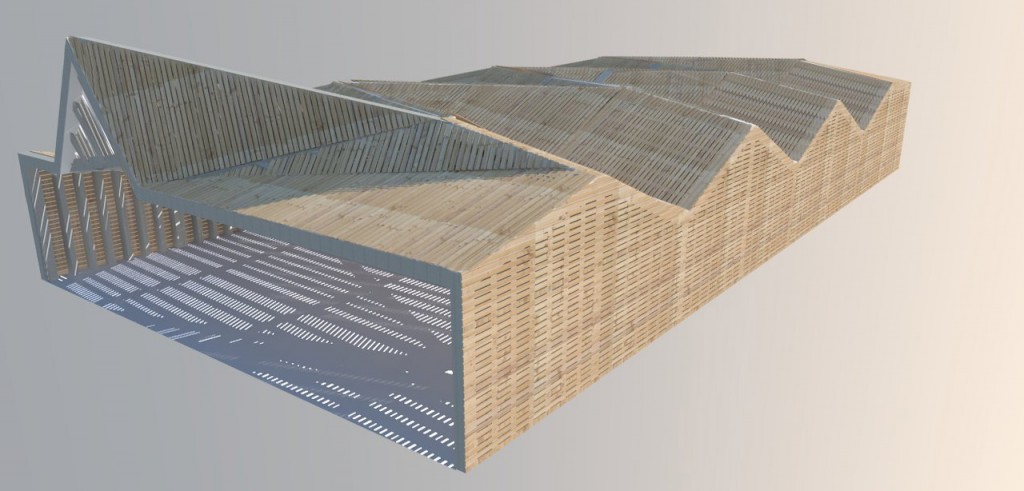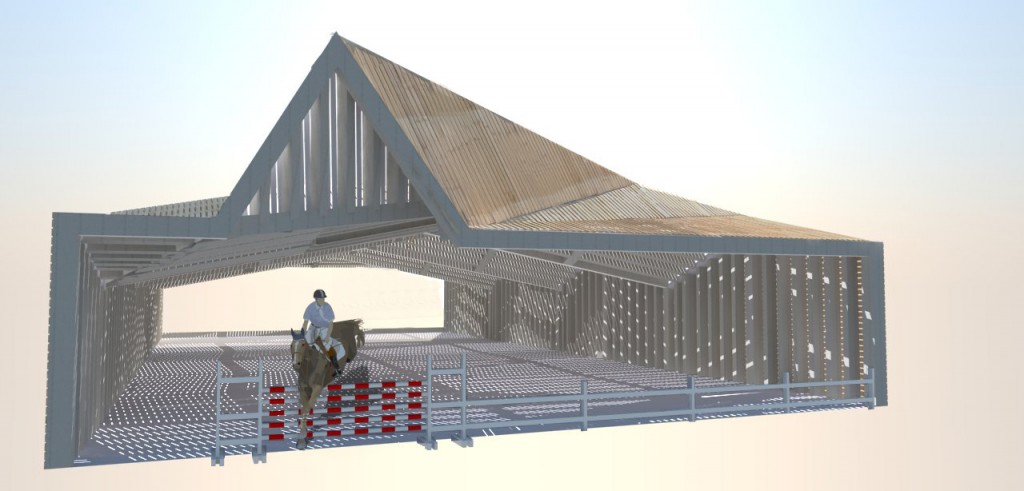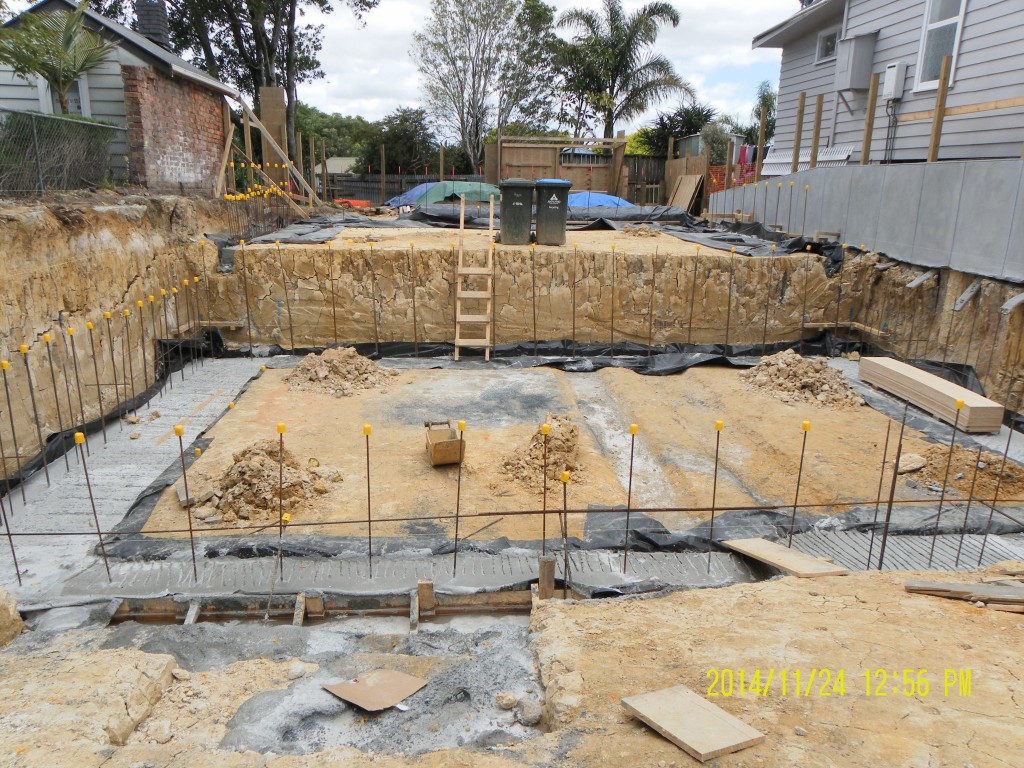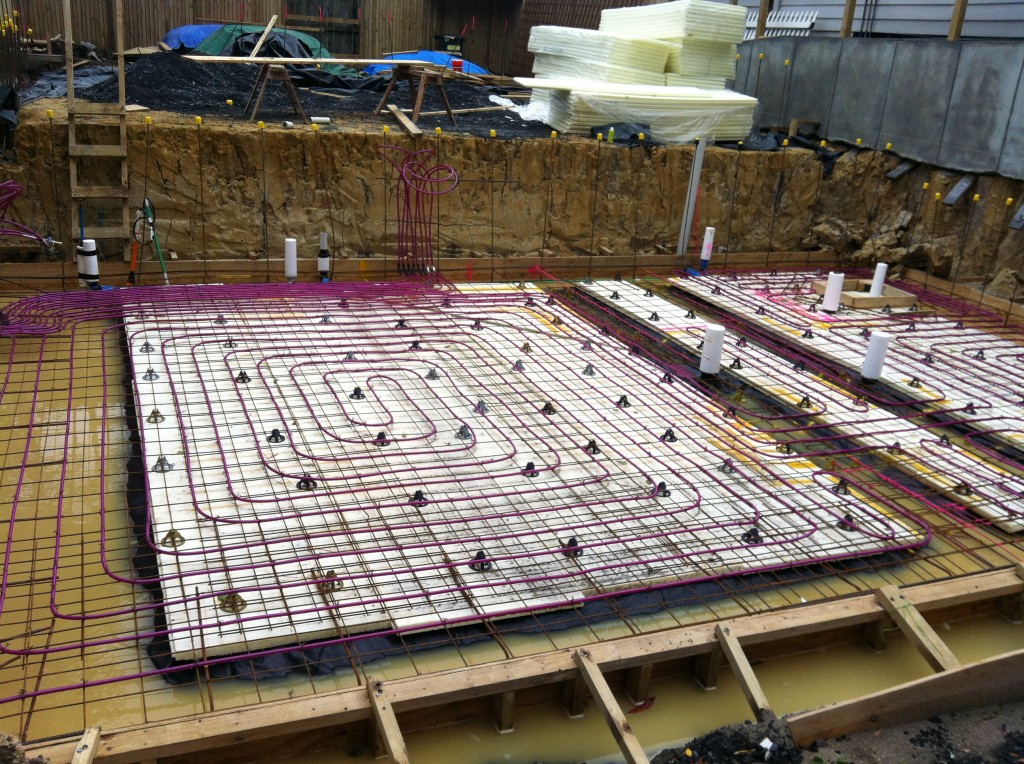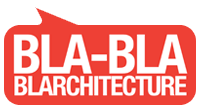141sie_AFRICANISM
In shifting one’s gaze from the computer screen to the Old Street roundabout outside, one could reflect that the Sierra Leone project initally offered the intriguing possibility of locating common ground between here and there, between Africa and Europe. Would this common ground be merely based upon the transnational movement of architectural ideologies? Ideas either exported (European modernism operating on an African site) or imported (summarily, Africanism in Europe)? In the worst traditions of architectural ambition, perhaps the initial intrigue over inflated the project and 2y later the parameters could be simply redrawn as: London in Freetown.
Back to the screen. One recent FB project comment recalled the uncomfortable colonialist implications that are attendant with architecture. Our commentator questioned the legitimacy for an exported modernism to house the “natives” (sic)? Draping a building in boubou or photoshopping in some ‘natives’ doesn’t localise a jpeg after all. Without doubt the conventional tools of Western architecture are insufficient to address the challenges which confront foreign fields. Africanism demands a different approach:
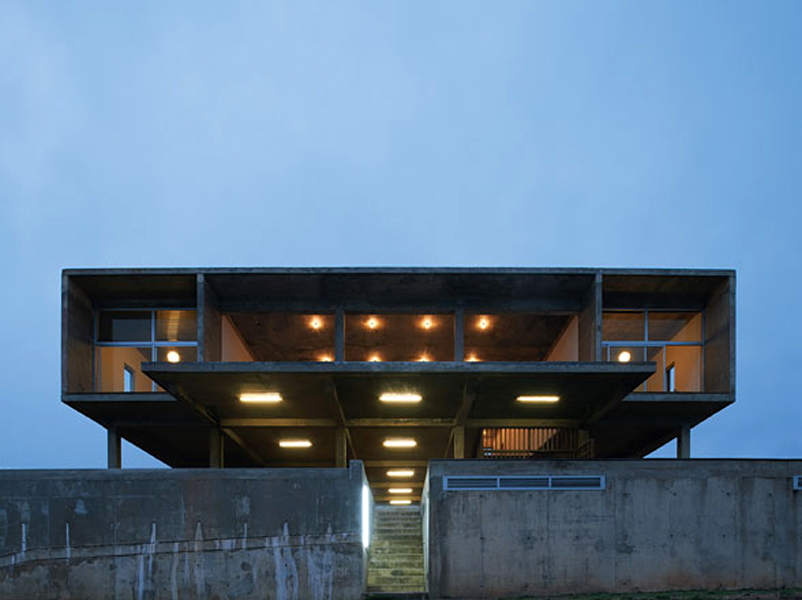
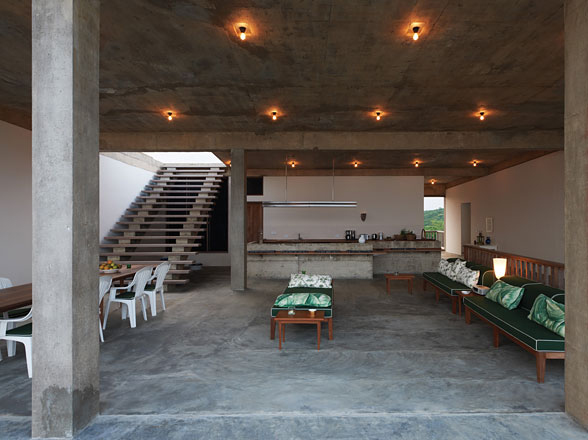
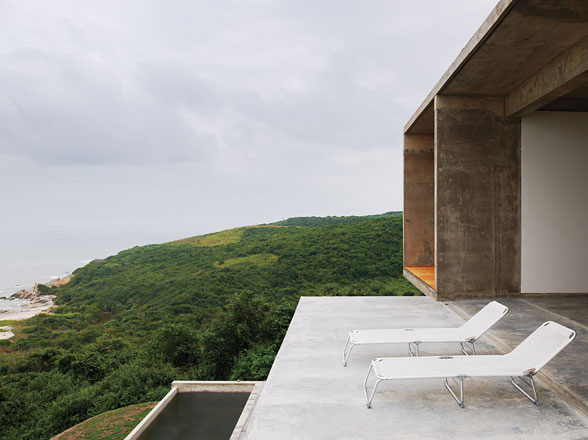 German artist Carsten Holler’s house in Ghana.
German artist Carsten Holler’s house in Ghana.
- Greater multi-disciplinary, particularly anthropological, involvement;
- Embrace African scholarship;
- Creativity to unlock convention


 German artist Carsten Holler’s house in Ghana.
German artist Carsten Holler’s house in Ghana.
181man_WAREHORSE: AN EQUESTRIAN STRUCTURE
Equestrian economics. Unlike say football, horse riding is not the cheapest of leisure activities. For high level competitive polo, each player needs at least four mounts and so to last the full chukkas, a polo match will involve over 40 horses! The question for WHAT_architecture was then how could one deploy an economically rational structure with a high level of articulation and differentiation so as not to be a ‘dumb shed’, an equestrian warehouse… a warehorse? The proposal includes just three types of steel portal frame (as can be seen in the ‘strip-tease’ animation) and includes a ‘showjump’ entry.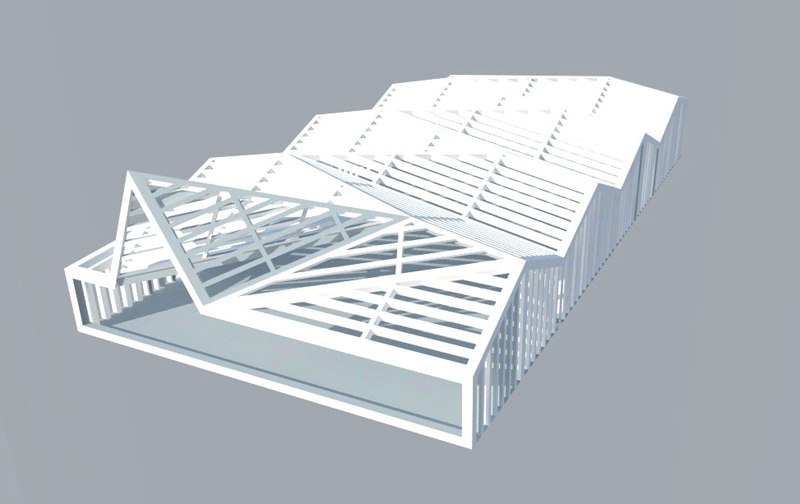
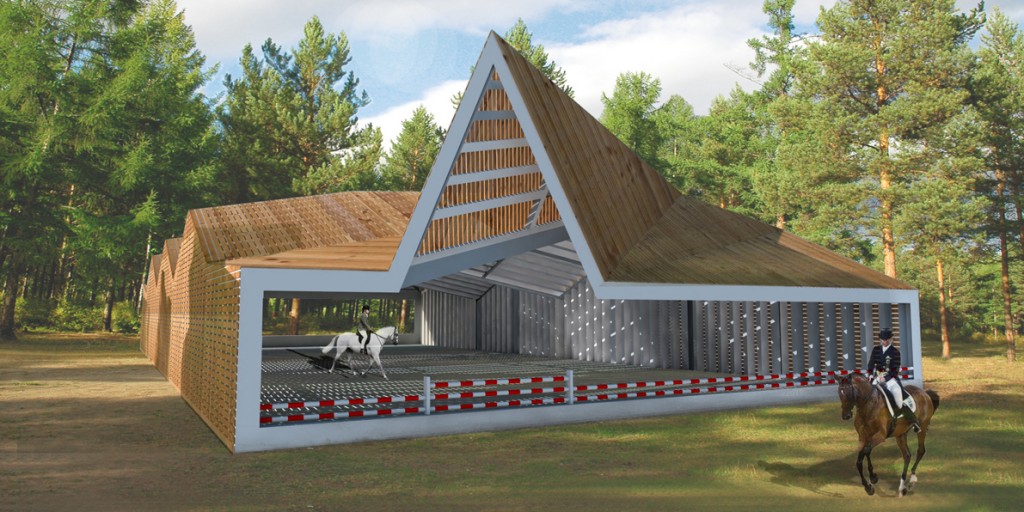



127sho_HOUSING AS A DESATURATION POLICY
Under the Licensing Act 2003 a Council has the power to designate an area within the Borough a “Cumulative Impact Zone” if it feels that the number of licensed premises is having an adverse impact on any of the Licensing Objectives (crime and disorder, noise / nuisance, public safety and harm to children). Given the high number of premises licenses already issued by LBTH, the Council will now adopt a saturation policy for Brick Lane and environs on the basis of the high levels of crime, anti social behaviour and alcohol related harm. Furthermore by increasing the housing provision in Brick Lane, this would ‘dilute’ the relative number of premises licences.
Over the past weekend, a major capital-wide crackdown by the Metropolitan Police on crimes relating to licensing issues resulted in 173 arrests and 44 warrants. Operation Condor, or ‘saturation policing’, was a co-ordinated operation across London from 8am Friday 7 December through to 8am Sunday 9 December, and was run to combat those who flout licensing rules and involved nearly 3,000 officers carrying out 800 activities. One of largest individual operations involved 175 officers, including TSG, the Met helicopter and dog units, carrying out a raid on one of east London’s most popular clubs, 93 Feet East, in Brick Lane… Given the chronic housing shortage that the LBTH Strategic Development Framework has identified, would it not make sense to dilute the saturation of licensed premises by providing more housing stock?
179prs_ARCHILECTURE AS GAMESHOW!? IT’S THE BAG.
The practice-based doctoral research being undertaken by WHAT_architecture will be presented in Barcelona in three forms: as a 1600 page book, as an exhibition featuring just one large rubicon model and as a talk. Of these three forms of presentation that one that is currently most intriguing is the 3rd manifestation – the architectural lecture or let’s say architecture!
The conventional architect’s lecture is typically a PowerPointed monologue with a few obligatory questions raised by the audience (or the hosts) at the end. Yet it doesn’t have to be like this: the archilecture is the architect as game show host driving audience participation. Any presentation is after all a game of sorts: an interview for a job, pitching a project etc… are all measured in terms of success or failure. You either got it or you did’t.
The hit NZ game show ‘It’s The Bag” was unlike other game shows because instead of being filmed in a single studio the show went on the road to a different town each week and the set was assembled into a local community town hall. The contestants were locals selected from the audience by a pre-show qualifying process. Forty years later the presenter’s (real)name emerges as a optimistic synopsis of gaming opportunity: Selwyn Toogood = sell win, too good!
‘It’s In the Box’ is WHAT_architecture’s adaptation/ remix/ version of ‘It’s In The Bag’. The Barcelona audience will choose from an array of ‘buttons’ projected onto a screen. The audience will be asked to make choices that drive the archilecture. By simply asking what?, everything (WHAT_architecture) does is turned into discourse. Discussion. Live studio chat.



179boo_PRS2 REVIEW: BREAKFAST WITH LEON
Design Practice Research at RMIT is a longstanding program of research into what venturous designers actually do when they design. The program was established by Leon van Schaik and is probably the most enduring and sustained body of research of its kind: empirical, evidence-based and surfacing evidence about design practice. Two kinds of knowledge are created by this research. One concerns the ways in which designers marshal their spatial intelligence within which they practice design. The other reveals how public behaviours are invented and used to support design practice.
Anthony meet Leon for breakfast to talk tactics…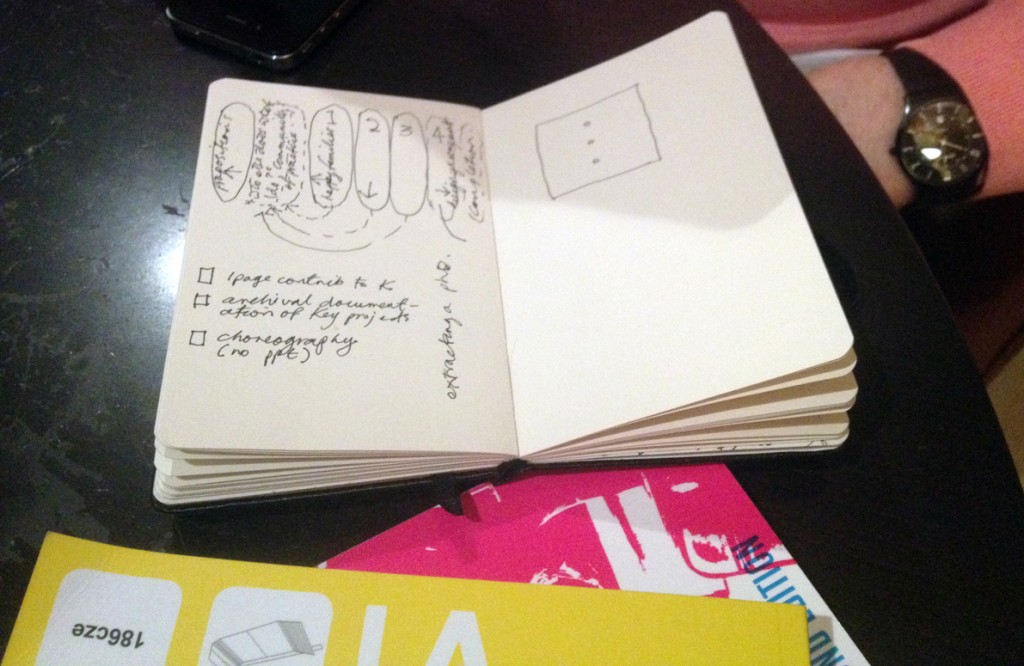
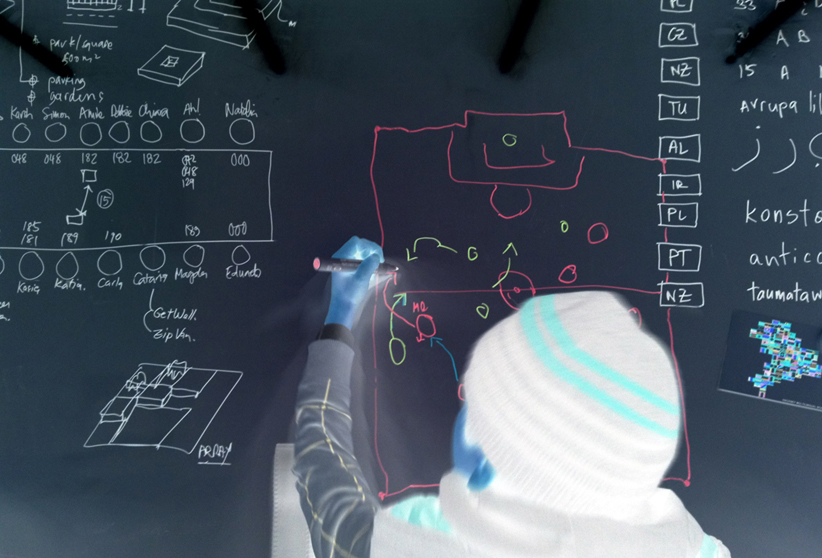



000off_STARTUP CAPITAL CITY:

 Old Street, new media city? As we stare out of the WHAT_architecture office window and survey the ‘Tech City Silicon Roundabout’ that, this week, was trumpeted from a unified PM and Mayoral bandwagon, we wonder if the redevelopment of the Old Street roundabout will really accelerate (East) London’s ambitions to become Europe’s startup capital? Of course you need financial capital to become a capital city and this roundabout has for some time been a mobility centrifuge of commerce and creativity. Those that walk past our office window have for sometime been readily characterised (chastised?) by their attire as much as their direction: ‘bankers to right, hipsters to the left’.
The snappy designation of Old Street Roundabout as “Silicon Roundabout” can be traced to Dopplr’s Matt Biddulph who, in 2008, defined it as “the ever-growing community of fun startups in London’s Old Street area”. Using Biddulph’s Google map as a cue, Wired Magazine then used its readership too crowd source, populate and produce it’s own map of the Shoreditch ‘Ditcherati’ which was featured in the January 2010 issue.
There are other European cities however with startup capital city aspirations. In the same week as Boris and Dave powerpointed an artist’s impression (read architectural perspective), the Guardian headlined a story on ‘How poor but sexy Berlin has tapped talent to be Europe’s startup capital…’ with an image of the founder of the online gaming company Wooga (who’s Alexanderplatz office bears an uncanny cartoon resemblance to one of their own games). London vs Berlin? Silicon Roundabout vs SiliconAllee? Game on!
Old Street, new media city? As we stare out of the WHAT_architecture office window and survey the ‘Tech City Silicon Roundabout’ that, this week, was trumpeted from a unified PM and Mayoral bandwagon, we wonder if the redevelopment of the Old Street roundabout will really accelerate (East) London’s ambitions to become Europe’s startup capital? Of course you need financial capital to become a capital city and this roundabout has for some time been a mobility centrifuge of commerce and creativity. Those that walk past our office window have for sometime been readily characterised (chastised?) by their attire as much as their direction: ‘bankers to right, hipsters to the left’.
The snappy designation of Old Street Roundabout as “Silicon Roundabout” can be traced to Dopplr’s Matt Biddulph who, in 2008, defined it as “the ever-growing community of fun startups in London’s Old Street area”. Using Biddulph’s Google map as a cue, Wired Magazine then used its readership too crowd source, populate and produce it’s own map of the Shoreditch ‘Ditcherati’ which was featured in the January 2010 issue.
There are other European cities however with startup capital city aspirations. In the same week as Boris and Dave powerpointed an artist’s impression (read architectural perspective), the Guardian headlined a story on ‘How poor but sexy Berlin has tapped talent to be Europe’s startup capital…’ with an image of the founder of the online gaming company Wooga (who’s Alexanderplatz office bears an uncanny cartoon resemblance to one of their own games). London vs Berlin? Silicon Roundabout vs SiliconAllee? Game on!
 http://www.guardian.co.uk/technology/2012/dec/06/berlin-boom-new-silicon-valley#start-of-comments
http://www.guardian.co.uk/technology/2012/dec/06/berlin-boom-new-silicon-valley#start-of-comments
